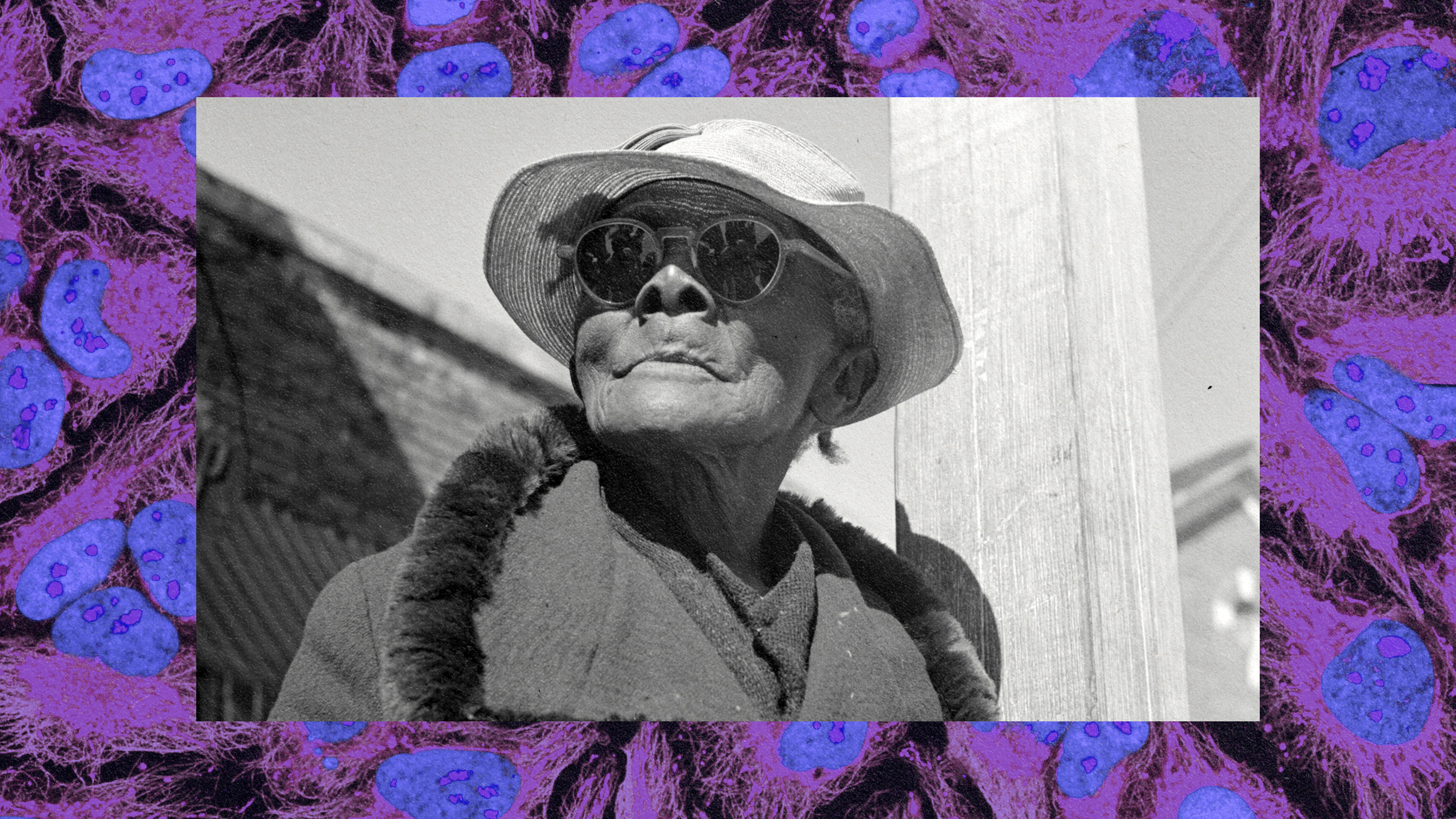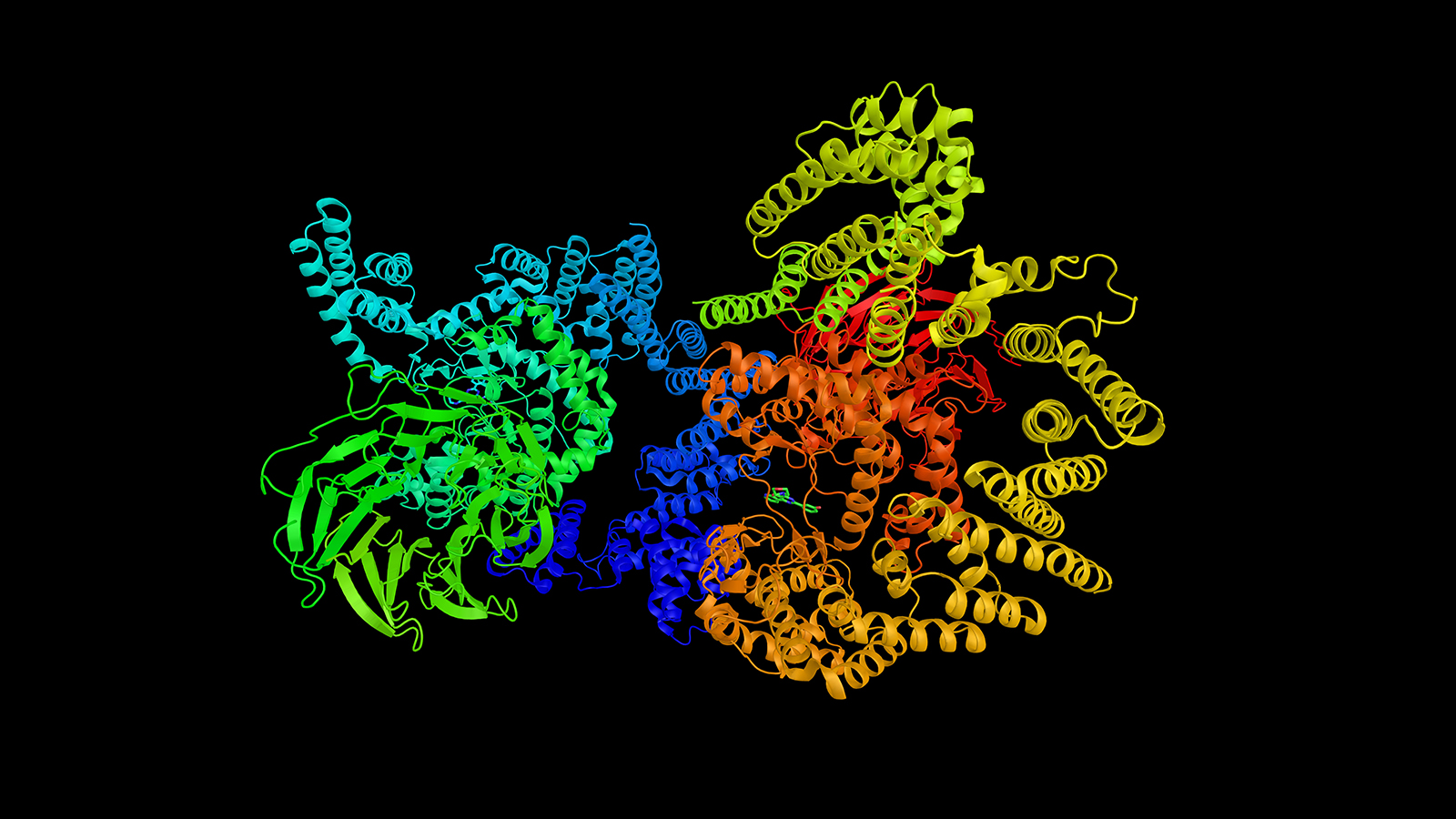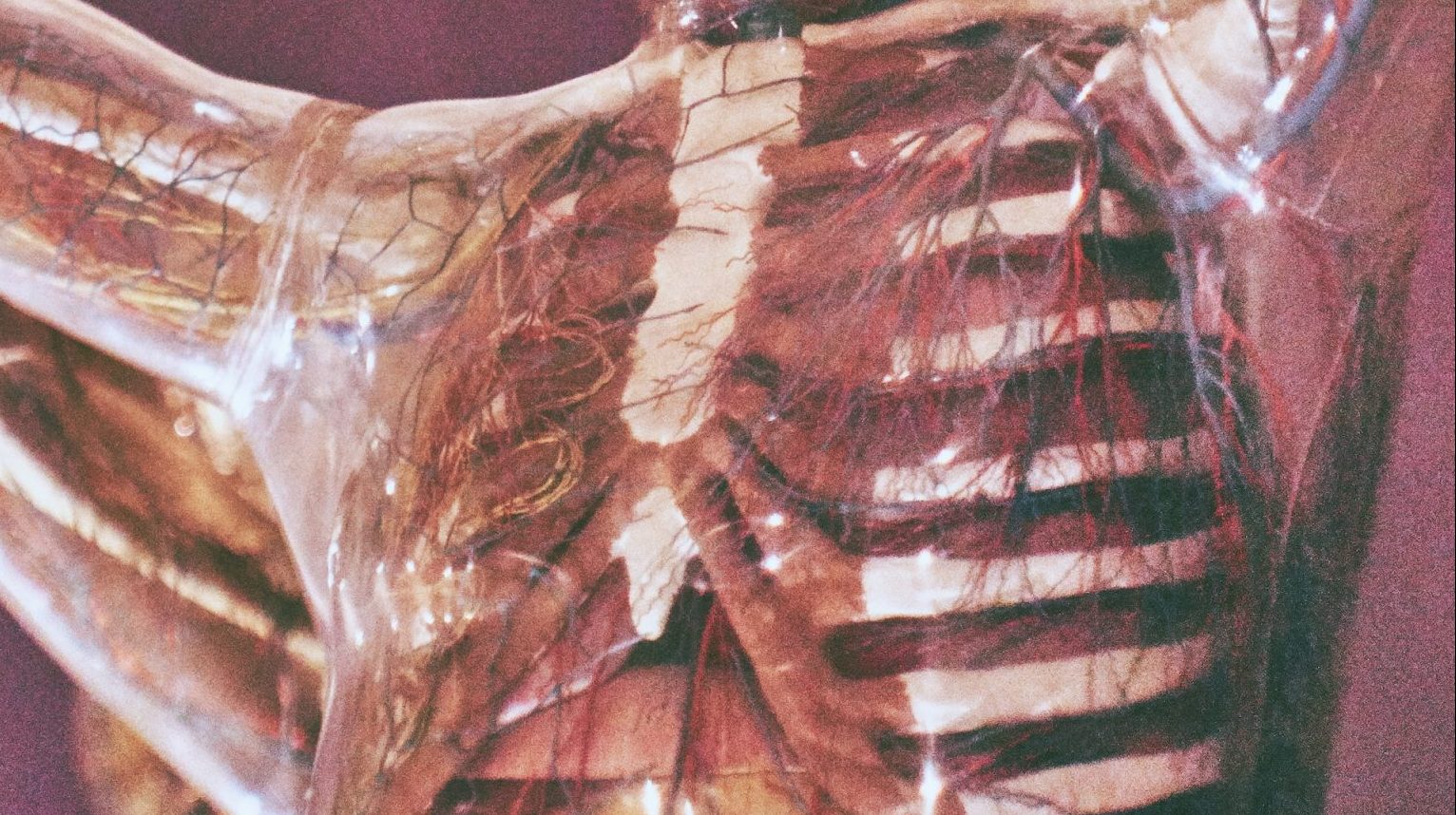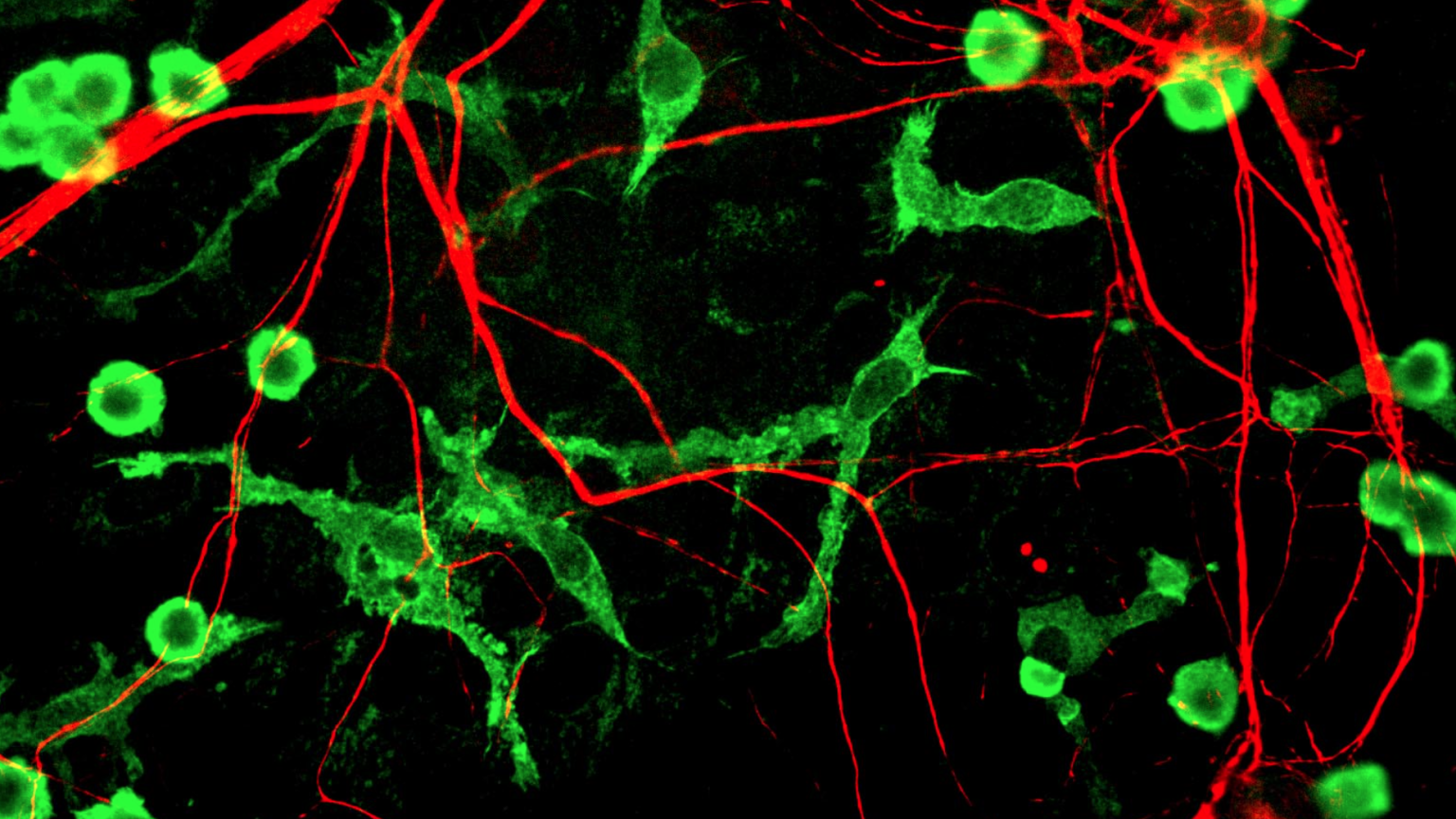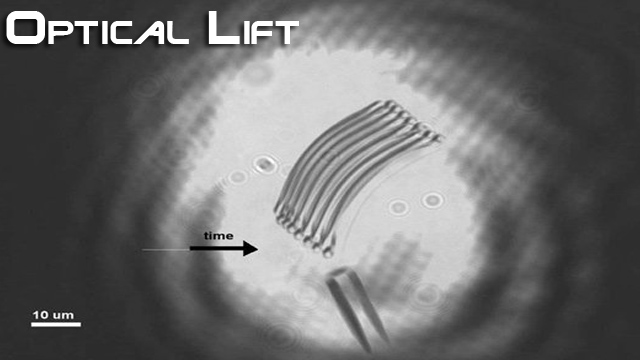How Would an Alzheimer’s Vaccine Work?
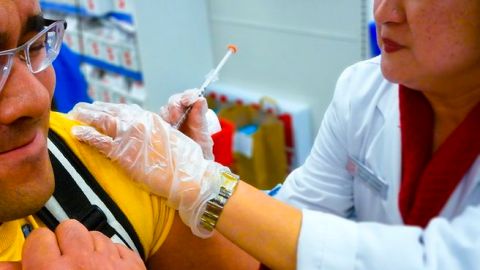
Alzheimer’s disease cannot be transmitted from person to person—it isn’t infectious in the way a flu or a common cold spreads—but new research on mice indicates that it may be able to spread within the body and within the brain.
Dr. Ottavio Arancio of the Taub Institute for Research says that this quality of the disease is not dissimilar to that of prion diseases, which spread within organisms through infectious agents made of mostly protein. Such diseases include Creutzfeldt-Jakob disease in humans and Bovine spongiform encephalopathy in cattle—more commonly known as “mad cow” disease.
“We’re starting to see that there is this spreading within the brain,” says Dr. Arancio. The source, he says, is the tau protein that originates in cells, which spreads from area to area in the brain and eventually poisoning the brain.
Learning how the disease spreads is critical for finding future treatments—especially if science continues to pursue an effective vaccine against Alzheimer’s. “It would be great if at that time of birth or very short afterward if there were a vaccine, an active vaccination that will protect us,” says Dr. Arancio. “But we have to be very careful there, too. … What do we vaccinate against?” For example, a vaccine might target amyloid beta, a believed precursor to tau, which exists in the brain throughout one’s life but only becomes toxic with the onset of Alzheimer’s. However, if the amyloid beta has benefits in its non-toxic form that scientists have yet to discover, a vaccine against it could trigger a host of other problems.
Instead, Dr. Leonard Guarente of MIT sees stalling the progression of Alzheimer’s disease as the critical first step—vaccinating against it and reversing the damage will have to wait. “How do we stop the buildup of damage and how do we arrest it,” he says, should be the questions driving science. Stalling of the disease might then give researchers the space to think about other avenues, he says, such as reversing damage and vaccinating a general population.
More Resources
—”Prion-Like Behavior of Amyloid-β,” Jungsu Kim and David M. Holtzman; Science, November 2010.
The views expressed here are solely those of the participants, and do not represent the views of Big Think or its sponsors.
